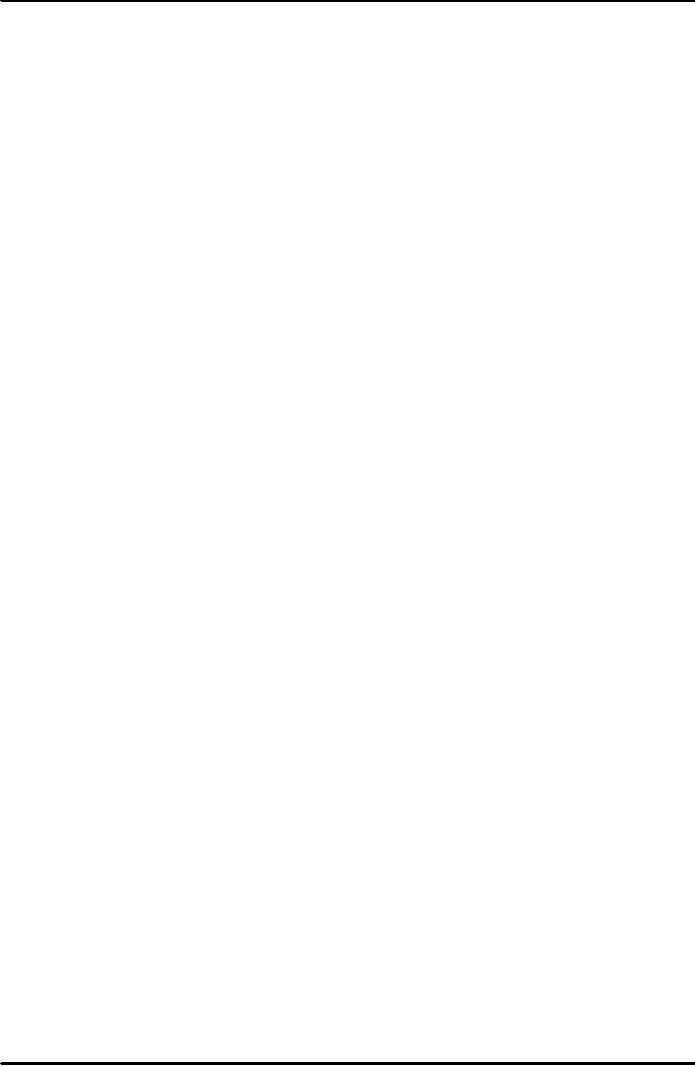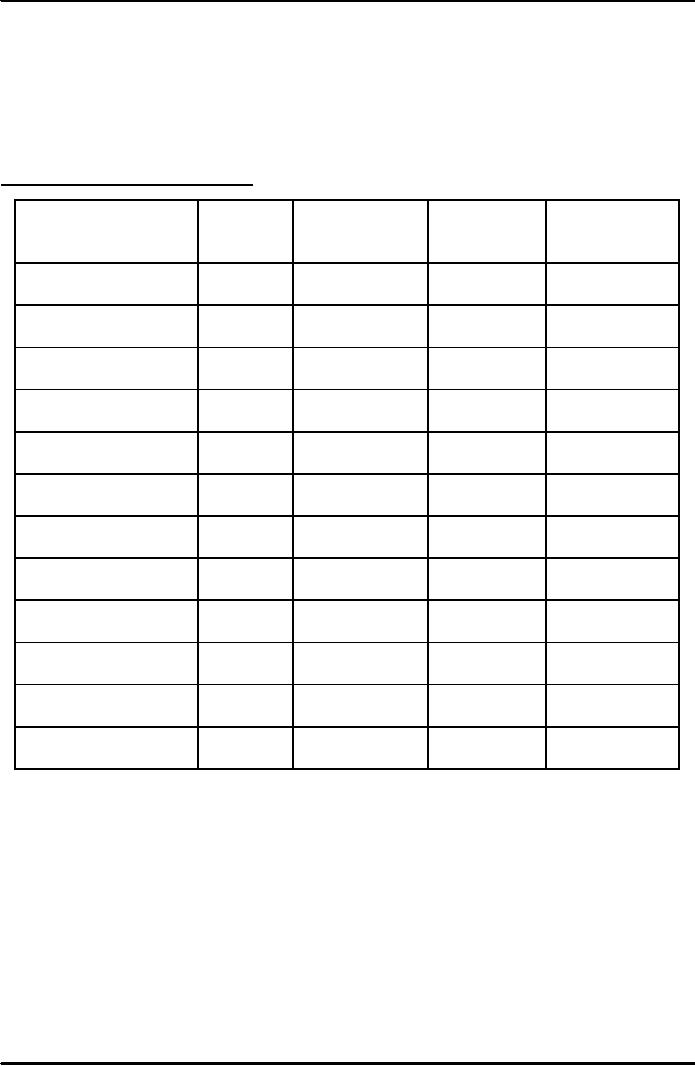 |
DEMAND, SUPPLY AND EQUILIBRIUM:Goods Market and Factors Market |
| << INTRODUCTION TO ECONOMICS (CONTINUED………):Opportunity Cost |
| DEMAND, SUPPLY AND EQUILIBRIUM (CONTINUED……..) >> |

Introduction
to Economics ECO401
VU
UNIT
- 2
Lesson
2.1
DEMAND,
SUPPLY AND EQUILIBRIUM
Assumption
is
a belief or feeling that
something is true or that
something will
happen,
although
there is no proof. Economists
make frequent use of
assumptions in putting
forward
their
theories.
Perfect
competition refers to a
situation in which no firm or
consumer is big enough to
affect
the
market price.
Shortage,
Surplus and Price
Mechanism:
A
shortage is a situation in which
demand exceeds supply, i.e.
producers are unable to
meet
market
demand for the
product.
A
surplus is a situation of excess
supply, in which market
demand falls short of the
quantity
supplied;
i.e. the producers are
unable to sell all the
produced goods in the
market.
The
price mechanism is a signaling
and rationing device which
prompts consumers and
producers
to adjust their demand and
supply, respectively, in response to a
shortage or
surplus
(see below). Shortages cause
prices to rise prompting
producers to produce more
and
consumers
to demand less. Surpluses
cause prices to fall
prompting producers to supply
less
and
consumers to demand more. In
either case, the price
mechanism attempts to clear
the
shortage
or surplus in the
market.
Goods
Market and Factors
Market:
Goods
market is a market in
which goods are bought
and sold for the
purpose of
consumption
Factors
markets are
markets in which factors of
production are bought and
sold, for the
purpose
of production.
Normal
goods are
goods whose quantity
demanded goes up as consumer
income increases.
Inferior
goods are
goods whose quantity
demanded goes down as
consumer income
increases.
Giffen
goods are a
special case of inferior
goods whose quantity
demanded increases
when
the
price of the good rises
(i.e. the income effect
dominates the substitution
effect see
below).
Price
effect is the
sum of income and
substitution effects.
Income
effect is the
effect of a price rise on
quantity demanded that works
through a decline
in
the real income (or
purchasing power) of the
consumer. Income effect can
be positive or
negative
depending on whether the
good is normal or
inferior.
Substitution
effect is the
effect of a price rise on
quantity demanded that works
through the
consumer
switching to substitutes goods.
The substitution effect of a
price rise is always
negative.
Substitutes
are
goods that compete with
one another or can be
substituted for one
another,
like
butter and margarine.
Compliments
are
goods that go hand in hand
with each another. Examples
are left shoe
and
right
shoe, or bread and
butter
Cash
crops are the crops
which are not used as
food but as a raw material
in factories e.g.
cotton.
Demand:
Demand
is the quantity of a good
buyer wish to purchase at
each conceivable
price.
The
law of demand states that if
the price of a certain
commodity rises, its
quantity demanded
will
go down, and
vice-versa.
A
demand schedule is a table
(sometimes also referred to as a
graph) which shows
various
combinations
of quantity demanded and
price.
8

Introduction
to Economics ECO401
VU
A
demand function is an equational
representation of demand as a function of
its many
determinants.
A
demand curve is a graph that
obtains when price (one of
the determinants of demand)
is
plotted
against quantity
demanded.
Shifts
in the demand curve plotted
in P-Qd space are caused by
changes in any
determinant
of
demand other than the
price of the good
itself.
Movements
along the curve correspond
to the changes in the
variable on the vertical
axis.
Factors
Shifting Demand
Curve:
Factors
Changing
Effect
on
Direction
of
Effect
on
Effect
on
Demand
Demand
Shift
in
Equilibrium
Equilibrium
Demand
Curve
Price
Quantity
Increase
in income
Increase
Rightward
Increase
Increase
(normal
good)
Decrease
in
Decrease
Leftward
Decrease
Decrease
income(normal
good)
Increase
in income
Decrease
Rightward
Decrease
Decrease
(inferior
good)
Decrease
in
Increase
Rightward
Increase
Increase
income(inferior
good)
Increase
in price of
Increase
Rightward
Increase
Increase
Substitute
Decrease
in price of
Decrease
Rightward
Decrease
Decrease
substitute
Increase
in price of
Decrease
Leftward
Decrease
Decrease
complement
Decrease
in price of
Increase
Rightward
Increase
Increase
complement
Increase
in taste and
Increase
Rightward
Increase
Increase
preference
for good
Decrease
in taste and
Decrease
Leftward
Decrease
Decrease
preference
for good
Increase
in number of
Increase
Rightward
Increase
Increase
consumers
Decrease
in number of
Decrease
Leftward
Decrease
Decrease
consumers
Market
demand curve is a graphic
representation of a market demand
which shows the
quantities
of a commodity that consumers
are willing able to purchase
during a period of time
at
various
alternative prices, while
holding constant everything
else that effects demand.
The
market
demand curve for a commodity
is negatively sloped, indicating
that more of a
commodity
is
purchased at a lower
price.
9
Table of Contents:
- INTRODUCTION TO ECONOMICS:Economic Systems
- INTRODUCTION TO ECONOMICS (CONTINUED………):Opportunity Cost
- DEMAND, SUPPLY AND EQUILIBRIUM:Goods Market and Factors Market
- DEMAND, SUPPLY AND EQUILIBRIUM (CONTINUED……..)
- DEMAND, SUPPLY AND EQUILIBRIUM (CONTINUED……..):Equilibrium
- ELASTICITIES:Price Elasticity of Demand, Point Elasticity, Arc Elasticity
- ELASTICITIES (CONTINUED………….):Total revenue and Elasticity
- ELASTICITIES (CONTINUED………….):Short Run and Long Run, Incidence of Taxation
- BACKGROUND TO DEMAND/CONSUMPTION:CONSUMER BEHAVIOR
- BACKGROUND TO DEMAND/CONSUMPTION (CONTINUED…………….)
- BACKGROUND TO DEMAND/CONSUMPTION (CONTINUED…………….)The Indifference Curve Approach
- BACKGROUND TO DEMAND/CONSUMPTION (CONTINUED…………….):Normal Goods and Giffen Good
- BACKGROUND TO SUPPLY/COSTS:PRODUCTIVE THEORY
- BACKGROUND TO SUPPLY/COSTS (CONTINUED…………..):The Scale of Production
- BACKGROUND TO SUPPLY/COSTS (CONTINUED…………..):Isoquant
- BACKGROUND TO SUPPLY/COSTS (CONTINUED…………..):COSTS
- BACKGROUND TO SUPPLY/COSTS (CONTINUED…………..):REVENUES
- BACKGROUND TO SUPPLY/COSTS (CONTINUED…………..):PROFIT MAXIMISATION
- MARKET STRUCTURES:PERFECT COMPETITION, Allocative efficiency
- MARKET STRUCTURES (CONTINUED………..):MONOPOLY
- MARKET STRUCTURES (CONTINUED………..):PRICE DISCRIMINATION
- MARKET STRUCTURES (CONTINUED………..):OLIGOPOLY
- SELECTED ISSUES IN MICROECONOMICS:WELFARE ECONOMICS
- SELECTED ISSUES IN MICROECONOMICS (CONTINUED……………)
- INTRODUCTION TO MACROECONOMICS:Price Level and its Effects:
- INTRODUCTION TO MACROECONOMICS (CONTINUED………..)
- INTRODUCTION TO MACROECONOMICS (CONTINUED………..):The Monetarist School
- THE USE OF MACROECONOMIC DATA, AND THE DEFINITION AND ACCOUNTING OF NATIONAL INCOME
- THE USE OF MACROECONOMIC DATA, AND THE DEFINITION AND ACCOUNTING OF NATIONAL INCOME (CONTINUED……………..)
- MACROECONOMIC EQUILIBRIUM & VARIABLES; THE DETERMINATION OF EQUILIBRIUM INCOME
- MACROECONOMIC EQUILIBRIUM & VARIABLES; THE DETERMINATION OF EQUILIBRIUM INCOME (CONTINUED………..)
- MACROECONOMIC EQUILIBRIUM & VARIABLES; THE DETERMINATION OF EQUILIBRIUM INCOME (CONTINUED………..):The Accelerator
- THE FOUR BIG MACROECONOMIC ISSUES AND THEIR INTER-RELATIONSHIPS
- THE FOUR BIG MACROECONOMIC ISSUES AND THEIR INTER-RELATIONSHIPS (CONTINUED…….)
- THE FOUR BIG MACROECONOMIC ISSUES AND THEIR INTER-RELATIONSHIPS (CONTINUED…….):Causes of Inflation
- THE FOUR BIG MACROECONOMIC ISSUES AND THEIR INTER-RELATIONSHIPS (CONTINUED…….):BALANCE OF PAYMENTS
- THE FOUR BIG MACROECONOMIC ISSUES AND THEIR INTER-RELATIONSHIPS (CONTINUED…….):GROWTH
- THE FOUR BIG MACROECONOMIC ISSUES AND THEIR INTER-RELATIONSHIPS (CONTINUED…….):Land
- THE FOUR BIG MACROECONOMIC ISSUES AND THEIR INTER-RELATIONSHIPS (CONTINUED…….):Growth-inflation
- FISCAL POLICY AND TAXATION:Budget Deficit, Budget Surplus and Balanced Budget
- MONEY, CENTRAL BANKING AND MONETARY POLICY
- MONEY, CENTRAL BANKING AND MONETARY POLICY (CONTINUED…….)
- JOINT EQUILIBRIUM IN THE MONEY AND GOODS MARKETS: THE IS-LM FRAMEWORK
- AN INTRODUCTION TO INTERNATIONAL TRADE AND FINANCE
- PROBLEMS OF LOWER INCOME COUNTRIES:Poverty trap theories: